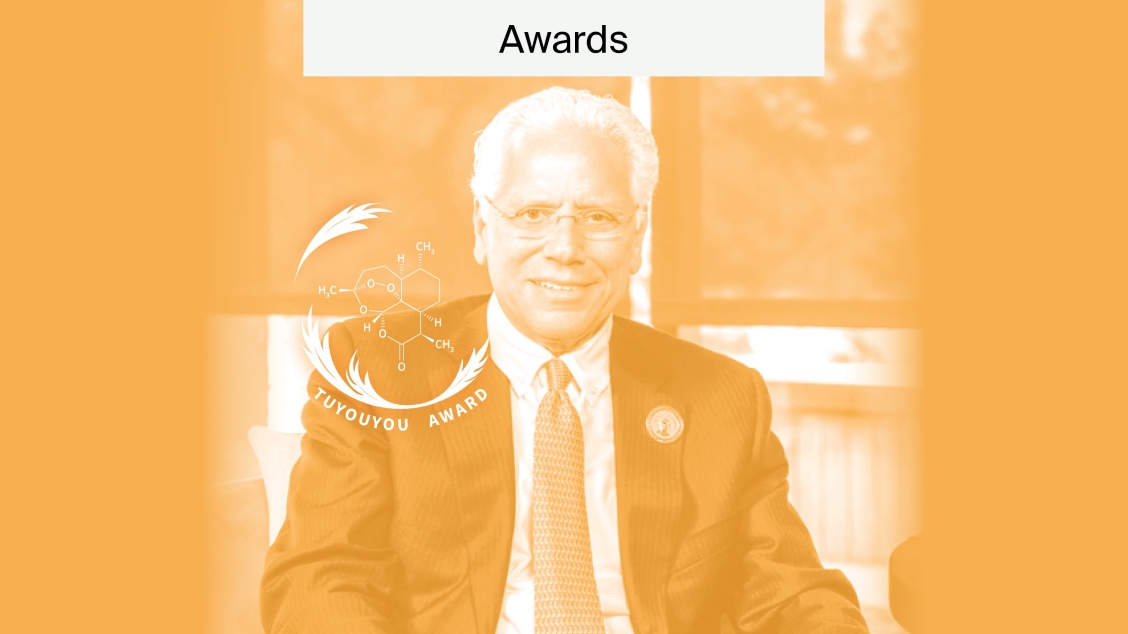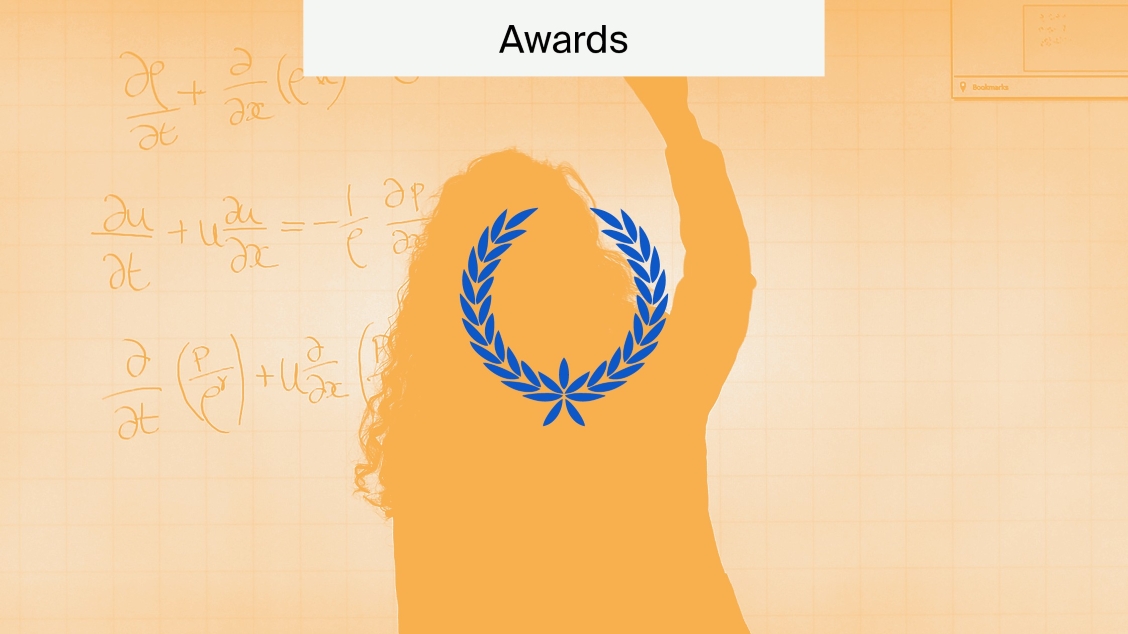
How to Write the Perfect Peer Review Report: An Interview
The peer review report is crucial to the academic publishing process. Providing feedback to authors and confirming the validity and significance of the research in question are important not just for the author, but for the whole academic community. However, there is no definitive way to structure and write these reports. While there are report writing guidelines on the MDPI website, each individual reviewer may choose to focus more on different aspects of the manuscripts than others, leading to differing reports—which can be very useful in helping authors to improve their manuscripts. In this peer review report interview, we provide with everything you need to know.
Why Should You Peer Review for MDPI?
At MDPI, we like to recognise reviewers who go above and beyond in providing high-quality, constructive peer review reports, by considering them for Outstanding Reviewer Awards for each journal. These annual awards provide winners with a cash prize, certificate and a 50% discount to all submissions in the award’s journal for the entire year.
Peer review report interview
We spoke to two of the winners of Forests’ 2021 Outstanding Reviewer Award, Prof. Dr. Stelian Alexandru Borz, Transilvania University of Brasov, Romania, and Dr. Maricar Aguilos, North Carolina State University, NC, USA, about what makes a good peer review report.
What is the first thing you look for when starting to write a peer review report?
S.A.B: [I read] the paper carefully first, then I give it some time (usually 1–2 days) and try to think about its usefulness/imagine how I would approach the same problem.
M.A.: I will look at the title first and see if it is captivating/exciting. I can already imagine what I would expect from the content from the title itself. I hide the authors’ affiliations as much as possible because I don’t want my judgment to be clouded. This is to avoid biases in my reviews. Then I look for the research questions, objectives, expected output, and novelties. Then I would see if these have been achieved or addressed in the results and discussion.
How do you structure your peer review reports?
S.A.B.: Most commonly by following the same sections used by the authors, where I am reading each section carefully, then I think about the potential connections between the information from different sections; then I am emphasizing the point-by-point comments and balance the pros and cons of each section in a general comment per section. Based on these, I build my overall comment on the paper and I try to evaluate its usefulness.
M.A.: I write down my major or minor comments as I read through (Abstract to Conclusion) so that I won’t be going back and forth. I usually use a table with two columns (one for line/s number/s references and a second for the comments). I put my general comments after on the main concerns/flaws/drawbacks that the authors must address. Sometimes, if I have enough time when I review a paper, I prepare a sample figure for authors to follow, and even write R codes for them to use if in the methods they use R statistical tool.
Why do you participate in MDPI’s peer review process?
S.A.B: It helps me keep in touch with the latest research in an efficient way and it also acknowledges my work with vouchers and recognition. By reading and reviewing a lot for MDPI, I have found myself at the forefront of new ideas for my own research on many occasions.
M.A.: As a researcher, I feel my jury duty is to serve the scientific community to advance science, especially in my field. I think I am part of a collective effort, and if I just sit down and do my science, I am not contributing enough. I have to serve my fellow researchers. Participation in the review process is one of these callings. Although I am not a native English speaker, it does not stop me from reviewing manuscripts. I have enough background knowledge to help the authors improve their work. Like many authors, I can feel their anxiety after submitting the paper. That is why I always make sure that I promptly send my reviews.
What is the most common error you see in manuscripts when you review them?
S.A.B.: Depends on the case. A common mistake I found is that many authors place information in irrelevant sections. For example, information that should belong to the Materials and Methods section can be found in Results. Another typical mistake (depends also on the case) is that many fail to write a proper abstract.
M.A.: Grammatical errors and spelling are the most common mistakes. In some instances, since authors usually know their studies and data very well, they sometimes fail to relay their story in a manner that is understandable to readers unfamiliar with what they are doing. For example, they forget to clearly describe how they did the experiment/measurements, thinking everybody already knows what they are doing.
In tables, authors usually make minor mistakes such as with units; in the graphs, often there are errors in measurement units. In figures, sometimes the legend and x-and-y axes labels are too small, or the figure or table is often very complicated to understand.
How important are features outside of the main text (such as References, Back Matter and Abstract) to your peer review reports?
S.A.B.: Very important. I usually check the references of my reviews, at least those to which I have access, or I am not aware of. Similar to any other reader, the first impression that a manuscript gives is through its abstract. It really needs to be convincing.
M.A.: If I am doubtful, or especially if the author being cited is famous enough that I know the manuscript that I am reviewing may have viewed the notions differently, I check these cited papers outright. So, the Reference section matters to me. Although I do not check one by one, I only open references that I need to check to shed light on any doubts. The References section also helps me assess the quality of their referred statements and the reliability/credibility of their discussions. High-impact papers matter most, rather than those that were only obtained from unverified online resources or non-peer-reviewed materials.
The Importance of Constructive Feedback
Above everything, a peer review report needs to be constructive and highlight the strengths as well as areas for improvement. Surface-level criticisms such as spelling or grammar mistakes may seem useful, however the specific technical feedback is of greater value. Anyone can spot a spelling mistake, but only a scientist would see a mistake in methodology. We need you – Academics, to help maintain research integrity in the literature published in MDPI journals. Find out how to get involved with the peer review process on the following website (https://www.mdpi.com/reviewers).
For other information about writing peer review reports and to learn more about Peer Review Week, we encourage you to follow along with us as we learn more about all things peer review.
This peer review report interview was originally published February 22, 2022.











This is really beneficial and handy. I’m a young researcher who is just getting started with peer review.
I have learned so many thjngs from this masterpiece. Thanks to the author.
Thanks for reading, Rameez!
Am interested to be peer reviewer and an author
Thanks for your comment and interest.
Good learning experiences me as a novice
Hi Michael, glad you found it useful.
This is very useful and helpful. As a young researcher, I am just beginning to engage in the peer review process. Indeed, l have learned alot from this. I look forward to reviewing for MDPI journals.
Hi Abdurrahman. Glad you found it useful. Thanks for reading the MDPI Blog!